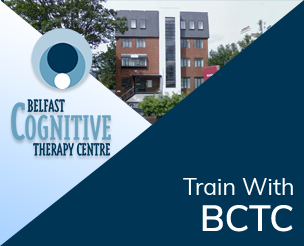Panic disorder has 13 possible symptoms including trembling, dizziness, rapid heartbeat/ heart pounding, hot and cold sweats, feeling of throat closing, feeling unable to breathe and feeling unreal/’spaced out’. Although the above symptoms are common, they can be terrifying and people tend to fear the following:
- Dying
- Having a heart attack
- Going mad
- Losing control
- Collapsing
- Not being able to get a breath
Cognitive behavioural therapy has been empirically demonstrated to achieve a high success rate with panic disorder. It is usually short term (4-8 sessions) unless the underlying cause began in childhood when is likely to take longer.
Agoraphobia can be associated with panic in that it is fear of being in a situation where we believe that we cannot get to safety and therefore risk having a panic attack. Some examples are fear of open spaces, of being in a vehicle and not being able to get off, lifts and even going outdoors. People with agoraphobia avoid feared situations and thereby feel less anxious in the short-term. Unfortunately, this avoidance doesn’t enable us to learn how to overcome the fear and so our world can begin to feel smaller and smaller. As with panic, success rates are high in working with agoraphobia.


